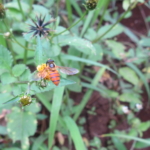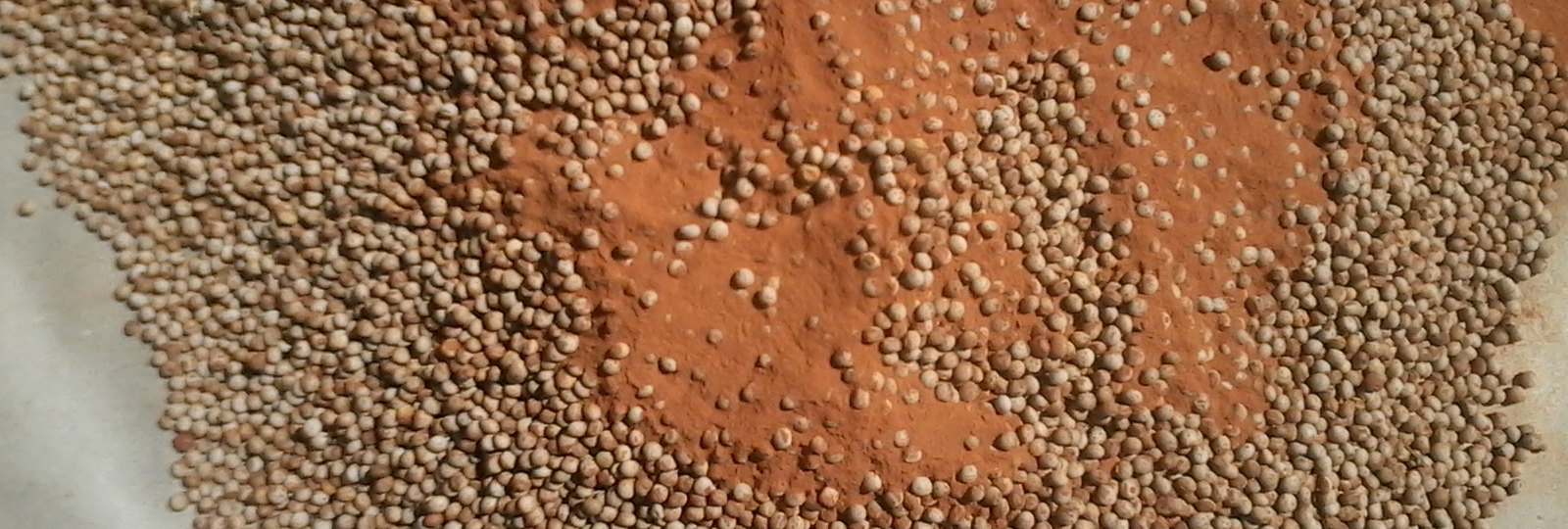


Sokaine Univeristy
The University of Dodoma (UDOM), Chetedze Agricultural Research Station Malawi , University of Puerto Rico (UPR) , Oregon State University (OSU)
Tanzania and Malawi
2/2017—2/2020
Common bean (Phaseolus vulgaris) is widely grown and consumed in eastern and southern Africa and contributes to household income, food and nutritional security, dietary diversity and revenues from export. However, bean productivity is seriously constrained by a range of pests, including the bruchids that damage stored grain. With prior CCRP support, genetic resistance to bruchids has been successfully incorporated into popular bean varieties and diseases in Tanzania and Malawi. However, the advanced lines are susceptible to several diseases that can cause substantial yield loss. In the proposed new project, genes for resistance to three key diseases of beans will be bred into the bruchid-resistant lines. In addition, field research will be done to include complementary approaches such as botanical insecticides in an integrated pest and disease management strategy. The project will also investigate the most effective ways to ensure that farmers have access to the improved bean varieties.
The proposed project aims to reduce post-harvest losses and enhance bean disease resistance in selected farmer-preferred varieties for adaptation to local environments. It builds on the achievement of the current project in which resistance to two bruchid species (Acanthoscelides obtectus and Zabrotes subfasciatus) was successfully transferred to locally adapted materials. However, some challenges have arisen, including the emergence of multiple foliar diseases in different agroecological environments and difficulties enabling farmers to obtain good quality seed. In order to address these challenges, the proposed project will:
The project will also strengthen the capacity of young researchers by supporting studentships at undergraduate and postgraduate levels through which key elements of the research will be conducted.
The overall goal of the proposed project is to contribute to poverty reduction and improved well being of bean growers in the region through reduction of post-harvest losses and improvement of bean productivity. The following outcomes are expected:
These expected outcomes will be achieved through the delivery of the following outputs:
